
From 20.10.2011 to 08.01.2012
National Gallery, 20/10/2011 – 08/01/2012, National Glyptotheque, 14/11/2011 – 04/01/2013
Unknown Treasures in the National Gallery Collections is the last major event to be organised before the National Gallery embarks on its expansion project. Featuring works from the National Gallery and Evripidis Koutlidis Foundation collections, this exhibition is important on several grounds. The most obvious raison d’être for this event, which realizes a personal vision of mine, is as an indication of things to come: we wished to bid our farewell to the old museum by displaying a selection of the important works scheduled to form part of the permanent display after the completion of the expansion project. With twice as large a display area, the new National Gallery – Alexandros Soutsos Museum will be able, not only better to preserve the artistic heritage of Greece in its collections, but also to mount exhibitions featuring a far larger number of works for the benefit of the public; a wider-ranging exhibition agenda, moreover, will be made possible.
The unknown treasures of the National Gallery that go on display in this exhibition can claim a place in the light, not only thanks to their high quality, but also because they shed new light to the narrative of Modern Greek art history. The National Gallery curators who selected these works were called upon to explore this uncharted territory. This has been the most ambitious and substantial goal of this team project. Indeed, this event can claim nigh-heretical originality. As a rule, an exhibition is curated by a single art historian, perhaps with support by others; yet, both the exhibition concept and its implementation are his or hers and his or hers only. In this particular case, though, each one of the eight curators, who are in charge of a specific period in the history of Modern Greek art and the respective section in the collections, was tasked with making her own selection, in a spirit of freedom uninfluenced by fellow curators.
In the event, we are invited to enjoy, not a single exhibition, but a joint event consisting of several exhibitions. Two of these inevitably stand out: the exhibits from the European collection, headed by the Curator Efi Agathonikou, and from the Department of Drawings and Prints, headed by the Curator Dr Marilena Cassimatis. The former chose to show lesser-known interesting works of European painting, both earlier and more recent; the latter will reveal to the public a number of rare treasures – drawings and prints by the greatest European masters in the National Gallery collections. These include drawings by renowned Italian and Flemish painters, as well as celebrated prints by legendary artists, among them 38 works by Dürer and 16 invaluable etchings by Rembrandt.
Yet, the curators assigned to select, conceptualize and group Modern Greek art from their respective areas of responsibility, in fact propose individual exhibitions compiled into one. This exciting experiment is not without risk. Each curator selected works according to her own personal standards and developed a display according to her own reading of art history. Different methodological approaches are therefore at work here, corresponding to successive moments in the history of Modern Greek art. These sections, not only propose a unique interpretation of featured works, but reflect the distinct academic approaches of the art historians.
I will not attempt to summarize these approaches. The curators’ extensive introductory essays in the catalogue that accompanies the exhibition, the treatment of each section, as well as the brief wall texts in the display area offer sufficient guidance to visitors: Curator Dr Maria Katsanaki picked characteristic works in the 19th-century collections featured in the permanent display; Curator Zina Kaloudi chose works that illustrate the multifaceted modernist explosion in the early 20th century; Curator Dr Annie Malama takes an insider’s look at the generation of the 1930s, which has not revealed all its secrets yet; Curator Dr Lina Tsikouta, responsible for Post-War and Contemporary Greek art, contributes the most undisciplined and exciting section in the exhibition: avant-garde and local movements, figurative art and abstraction, constructions and environments have evolved in parallel in Greece, sometimes not very harmoniously. Curator Dr Tonia Giannoudaki, in charge of Sculpture, outlines the development of Greek sculpture through works that up until now had to remain in storage due to space considerations. Curator Artemis Zervou, in charge of Christos Kapralos’s corpus of works, has curated the sculptor’s participation in this exhibition. This complex museological project was successfully coordinated by Dr Olga Mentzafou, Head of Collections and Museological Programme, who holds a deep knowledge of the museum’s collections.
The teamwork for the organization of this outstanding exhibition, in which almost every member of the National Gallery scientific staff worked in harmony, gives me the opportunity to praise the staff’s fundamental contribution to the museum’s smooth operation. Curators, aided by conservators, are the heart and soul of the living organism that a museum must be. If a museum’s main goal is to collect, preserve, study and display works of art in accordance with scientific guidelines to ensure their protection, promotion and interpretation, one realizes how qualified the scientific staff must be that is expected to carry out these complex duties under the guidance and stewardship of the Director and Heads of departments. I can proudly assert that the National Gallery’s scientific staff is of the highest order. Moreover, their cooperation record with colleagues from Europe, the United States and Asia in exchange projects and jointly organized major events around the world is ample testimony to their efficiency, expertise, and academic qualifications, and, one might add, cultural diplomacy. National Gallery art historians/curators possess post-graduate degrees; they have a profound knowledge of the collections and great experience, working with seriousness, responsibility, enthusiasm and disinterested zeal, under the guidance of the experienced and organizing Dr Olga Mentzafou, Head of Collections and Museum Planning. Of similarly high academic standards and holders of postgraduate degrees are the conservators, who have contributed to the National Gallery Conservation Department ranking amidst the most accomplished and up-to-date in Europe, under the energetic and inspired direction of Dr Michalis Doulgeridis.
During the preparation of the exhibition Unknown Treasures in the National Gallery Collections, curators, conservators, storeroom personnel and photographers worked in tandem, spending endless hours in vault research, and artwork selection, conservation, photography and study. The scientific staff’s daily involvement, not only with collection management, but also with exhibition curation, essay writing, catalogue editing, has turned the National Gallery into an outstanding research centre for Modern Greek art. An invaluable aid to this activity, the library, run by experienced librarians, possesses rare archival material accessible to every scholar and student.
Having thus praised the scientific staff, it would be amiss not to extol the contribution made by the administration, whose experienced and dedicated staff provides full support for the far-ranging activity undertaken by the National Gallery in recent years. Konstantinos Arvanitakis possesses both the skill and experience required by the role of Manager of the Administration and Finance Departments. Our security team and Security Team Manager, the able and polite Nitsa Lambou, ensure that artworks are protected and visitors feel welcome.
I would like to congratulate all curators for their enthusiastic contributions to this exhibition. I would also like to extent my thanks to the project coordinator, Dr Olga Mentzafou, Director of Collections, and curator Zina Kaloudi, catalogue editor and contributor to the exhibition; the keen storeroom assistant Roula Spanoudi; Dr Michalis Doulgeridis, Head, Conservation Department, and his worthy associates; our photographers, Stavros Psiroukis and Thaleia Kymbari; Kostas Arvanitakis, Manager of the Administration and Accounting Departments; and Marina Makri, Finance Department supervisor. I would also like to extend special thanks to my assistant, Irene Tselepis, Press Officer, and to the polite ladies at the Director’s administration office, Eleni Kotsikou and Kiki Tsamboukou. I would finally like to thank Apostolos Botsos, Chairman, and the members of the National Gallery Board.
The architects Giorgos Parmenidis, Professor, NTUA, and his associate, Christine Longuépée, designed a no-frills installation for the display of the variegated and untameable material in the exhibition at the National Gallery and at the National Glyptotheque, where the Post-War and Contemporary sections are on display. The outstanding technician and our valuable associate, Dimitris Sifnaios, designed the lighting, and Antonis and Manos Lignos, true artists in their respective fields, take credit for the wood construction. Thymios Presvytis and Thodoris Anagnostopoulos of Peakad S.A. have made the inspired design of the catalogue. I thank them sincerely.
Unknown Treasures in the National Gallery Collections would not have been possible without the generous sponsorship of the National Bank of Greece, which has become our museum’s true benefactor. I would like to sincerely thank Vassilis Rapanos, Chairman of NBG, and Vice Chairman of the National Gallery, and Apostolos Tamvakakis, CEO of NBG; warm thanks are also due to the communication sponsors, who firmly support the National Gallery’s work in recent years.
Marina Lambraki-Plaka
Professor Emerita of Art History
Director of the National Gallery
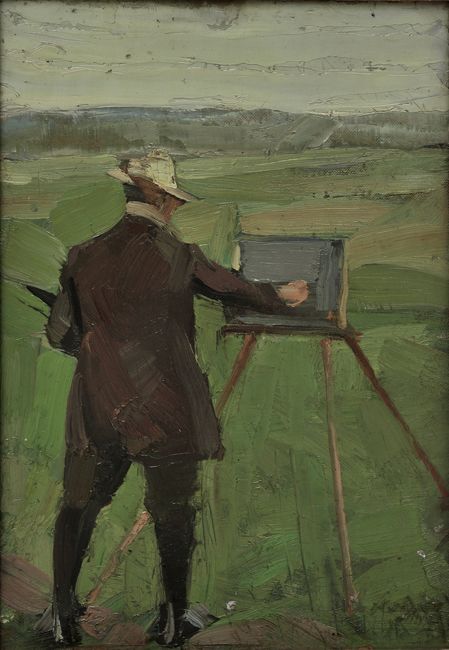
1
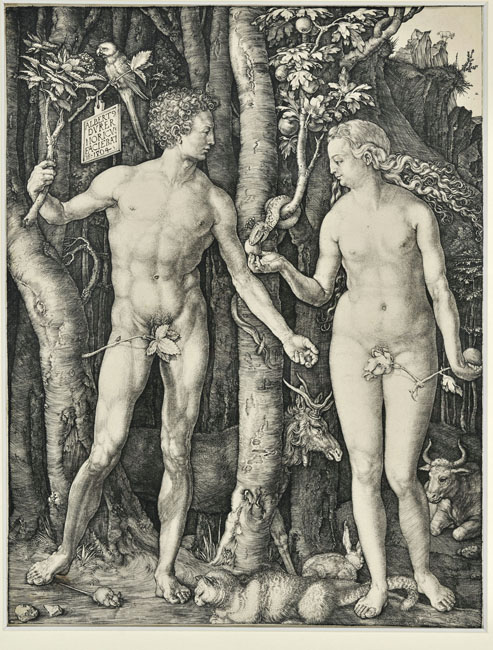
2
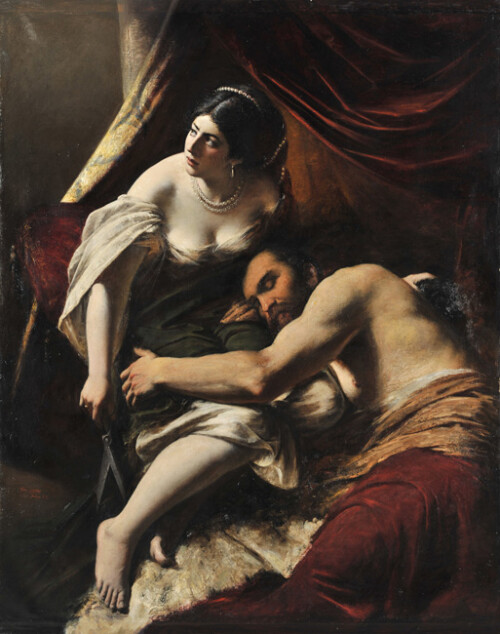
3
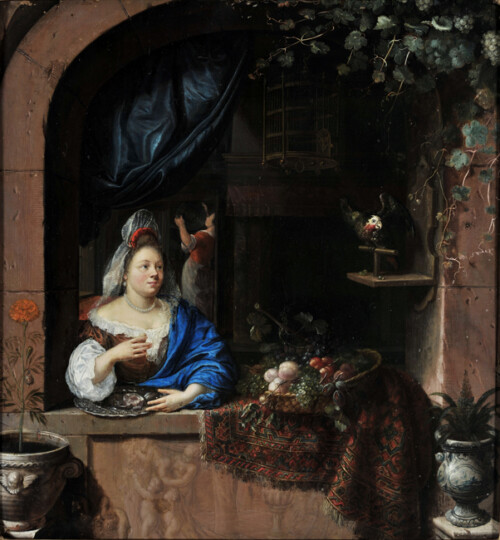
4
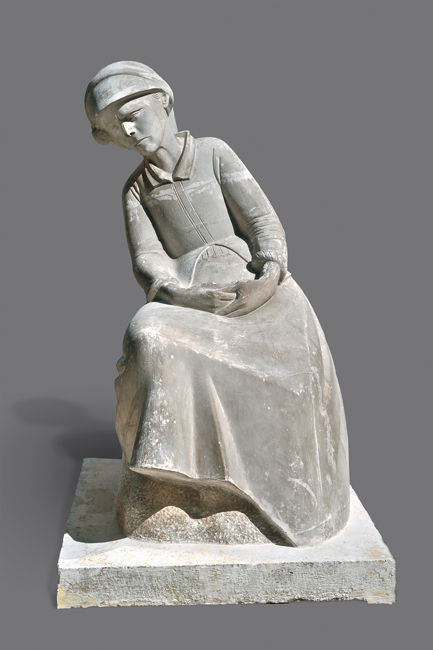
5
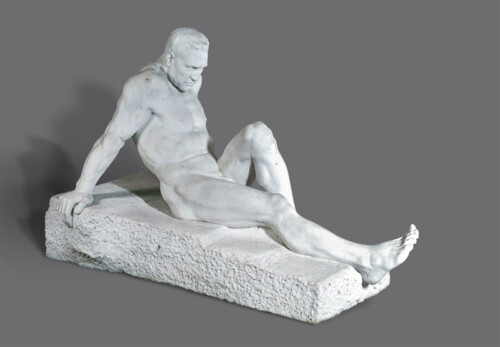
6

